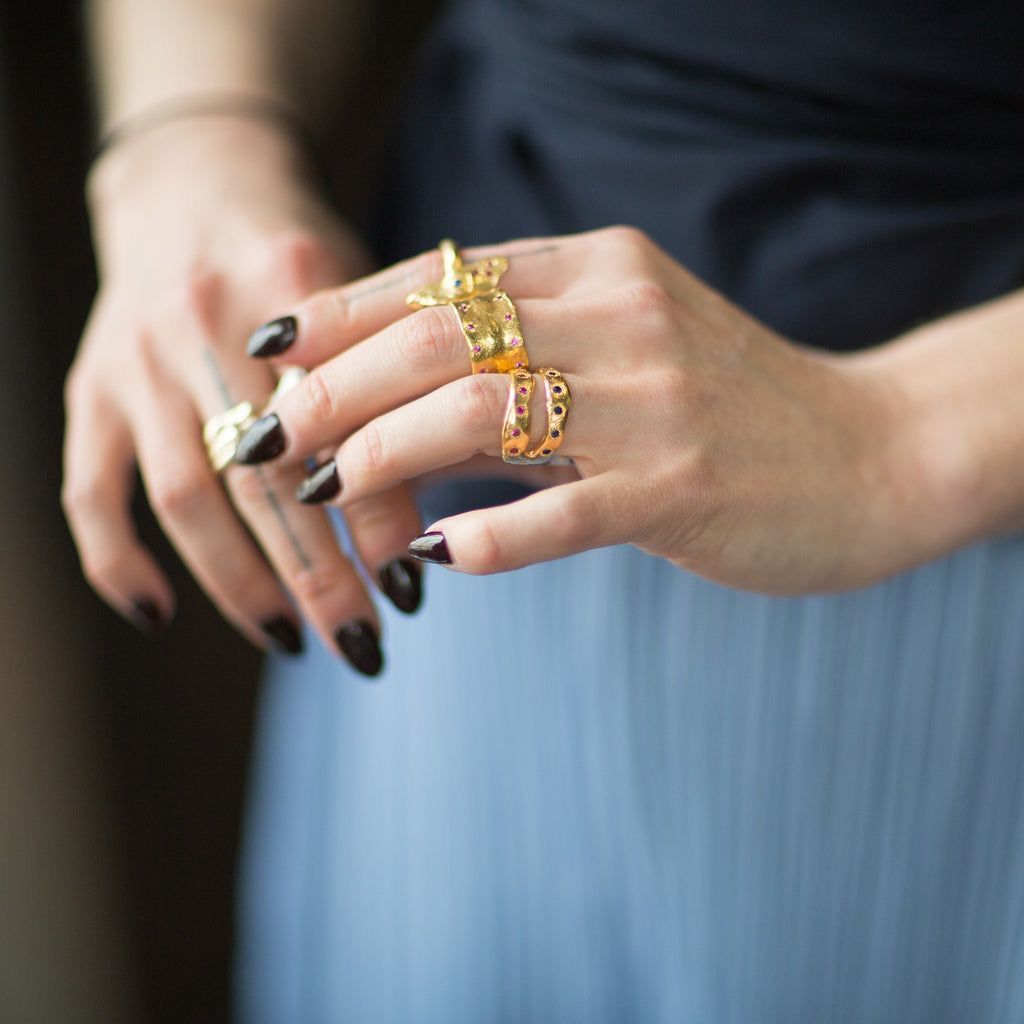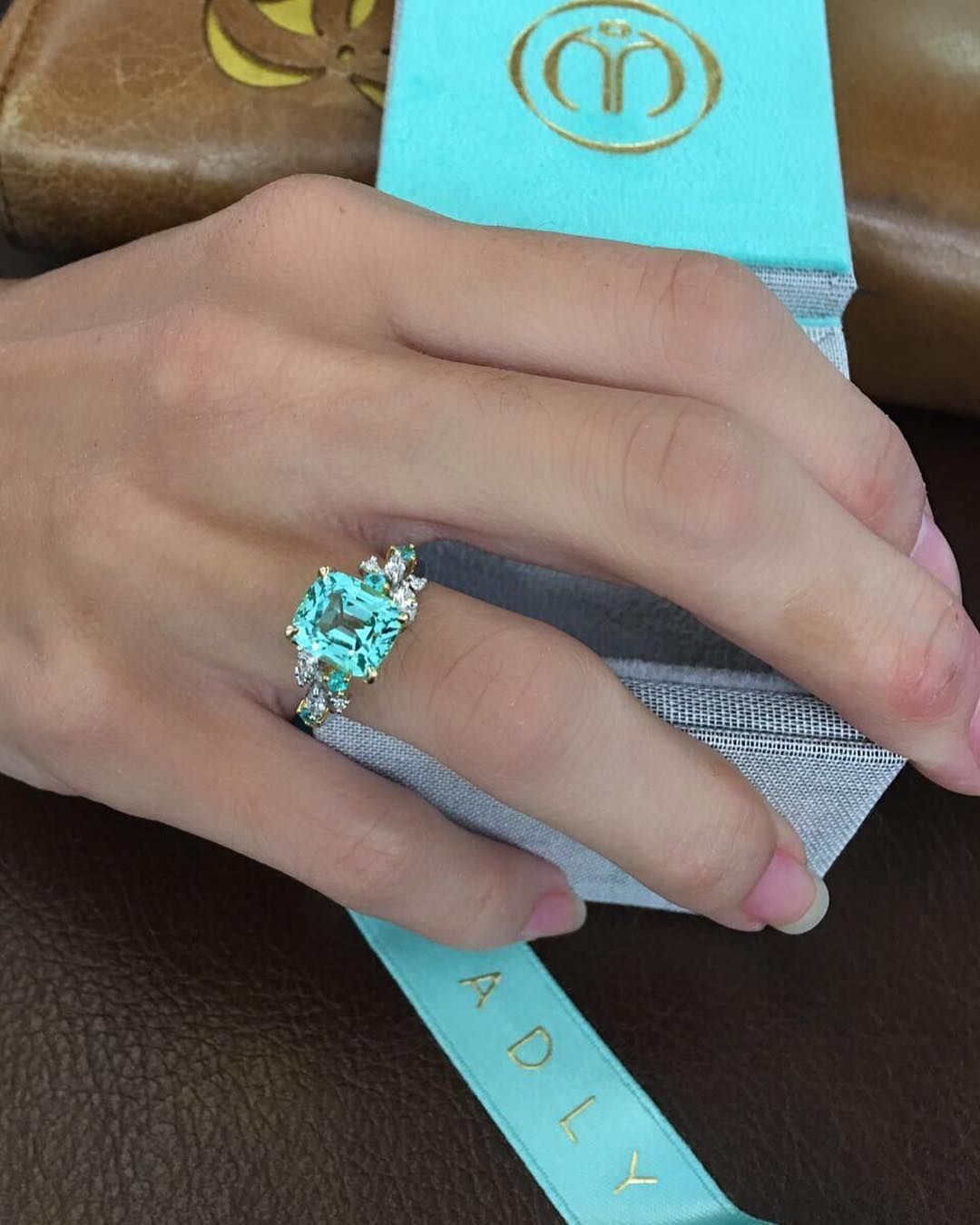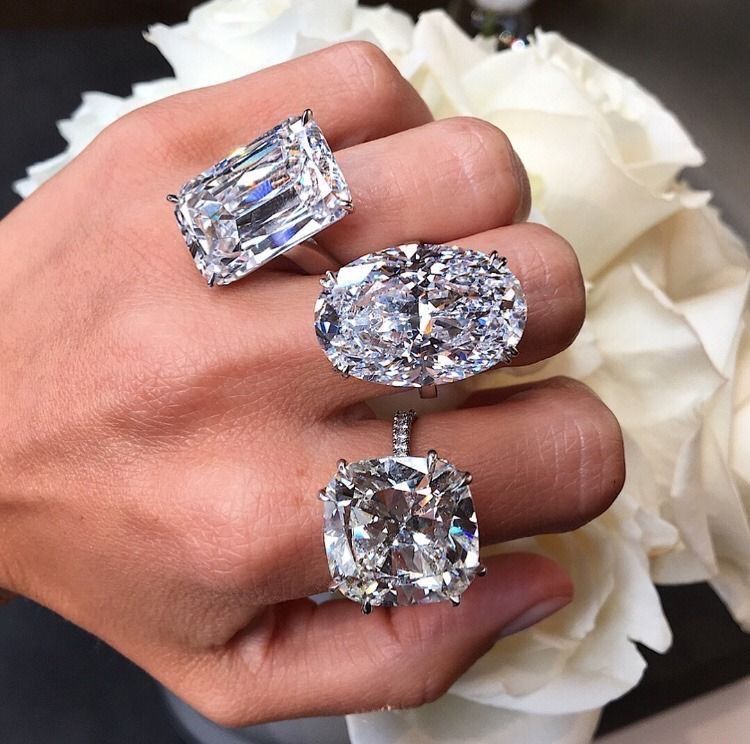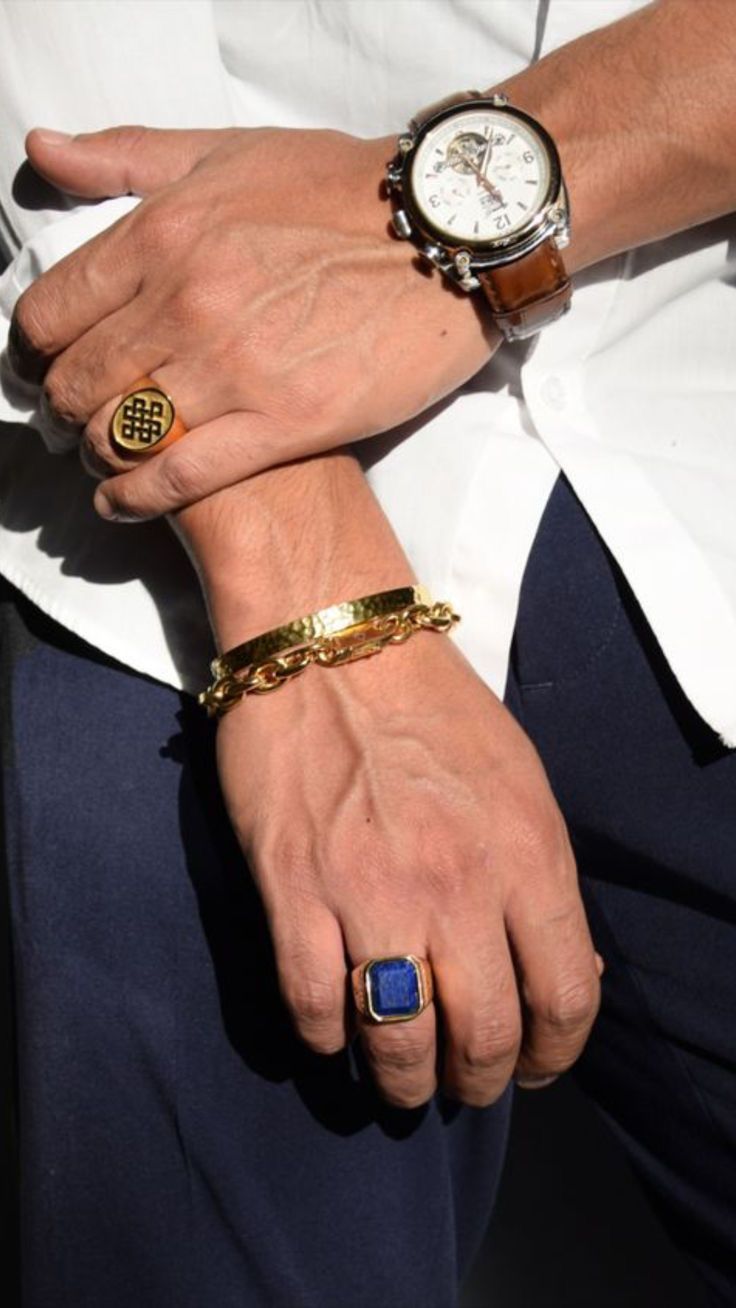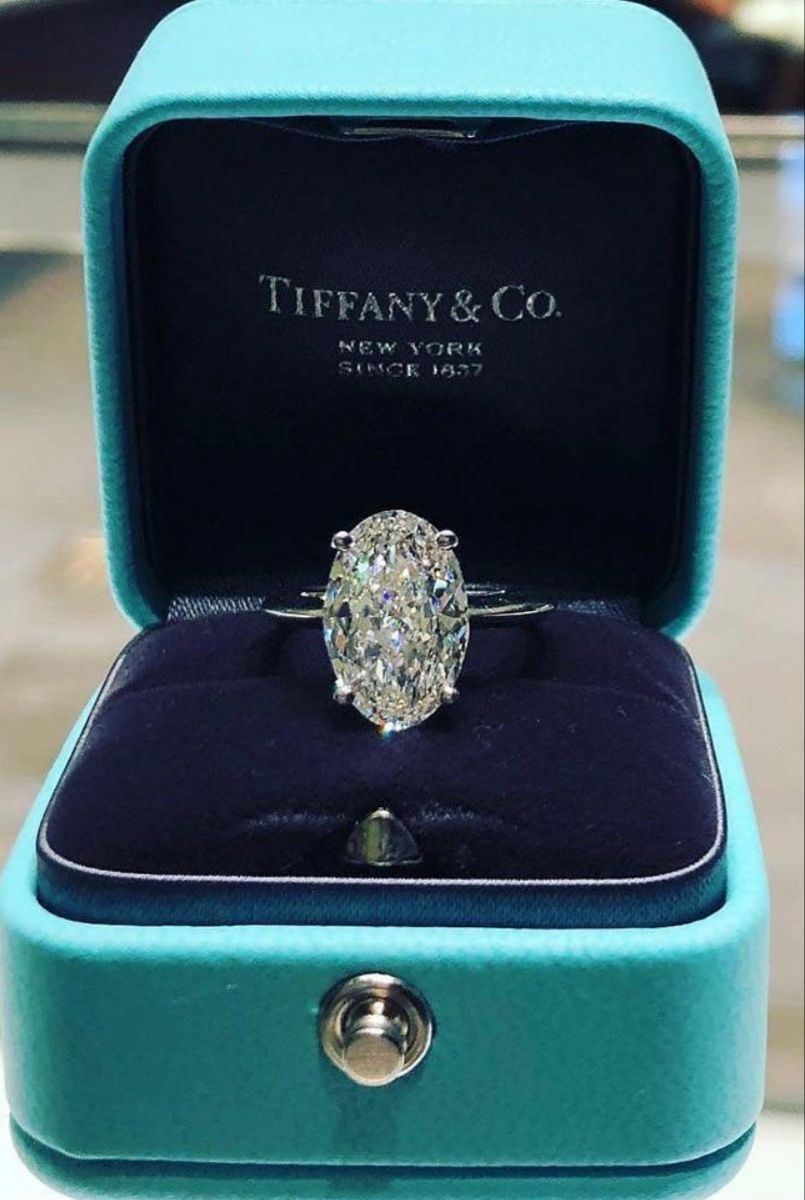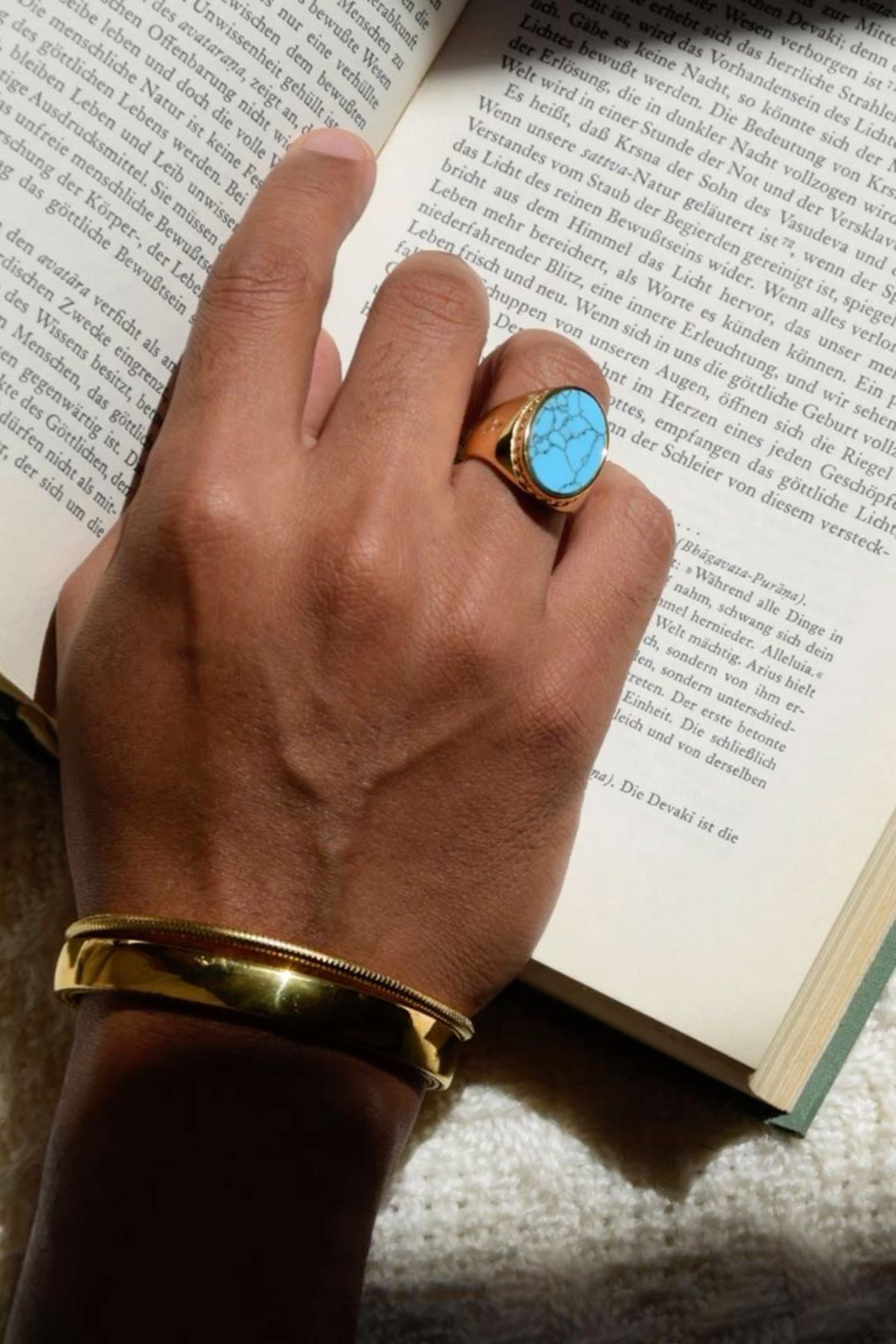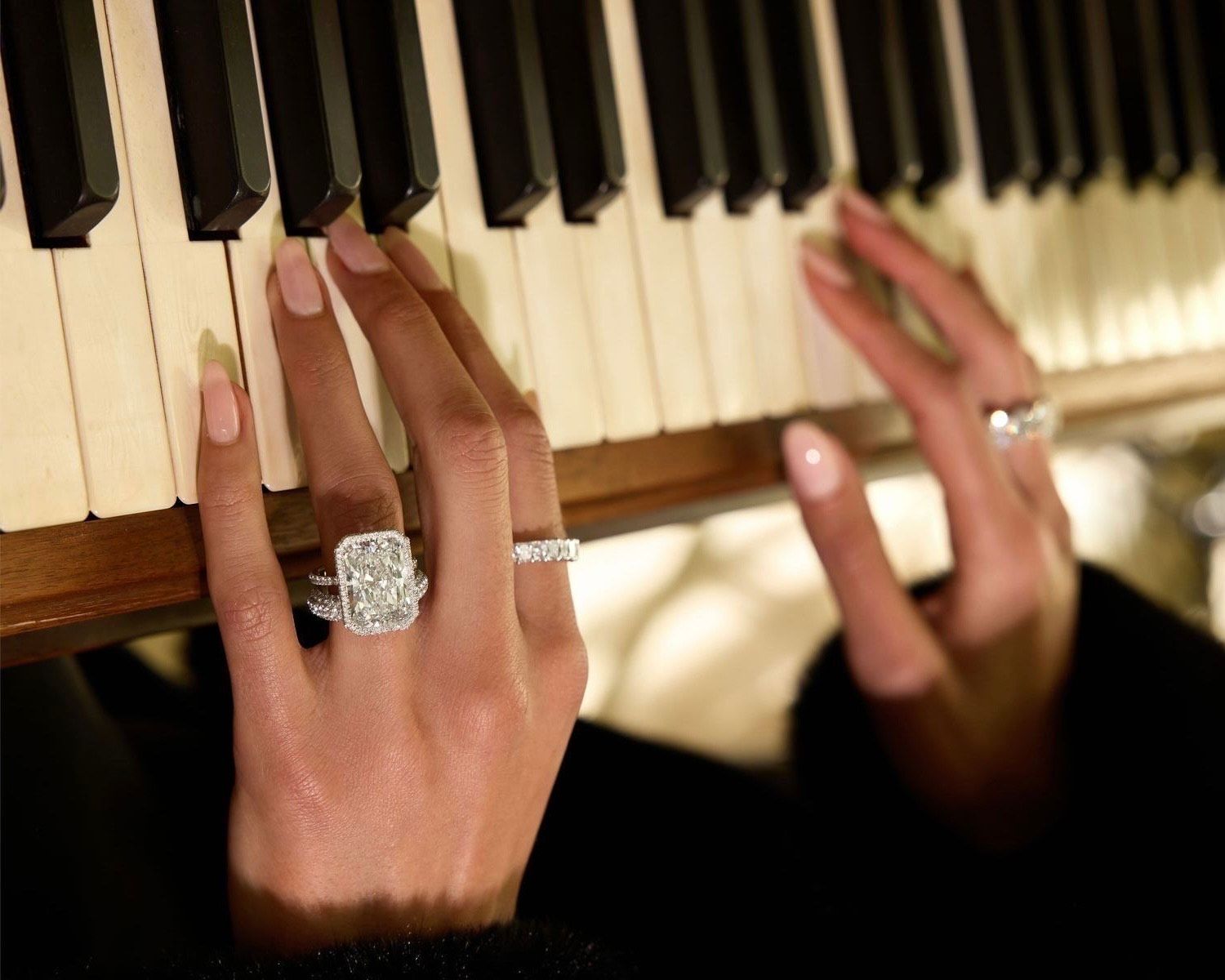Rings have always been more than just pieces of jewelry—they carry immense power, symbolism, and history. Across cultures and centuries, rings have been the silent witnesses to love, betrayal, authority, and magic. Whether it's the mystical powers of Solomon's ring, the magical charm of Aladdin's ring, or the historical significance of King Farouk's prized possession, rings are more than just adornments. They hold stories, legacies, and emotions—often more valuable than gold or diamonds. Why do we place such meaning on these circular bands? Perhaps because, throughout history, they’ve been the key to unlocking our deepest desires and darkest secrets, so what rings mean to you?
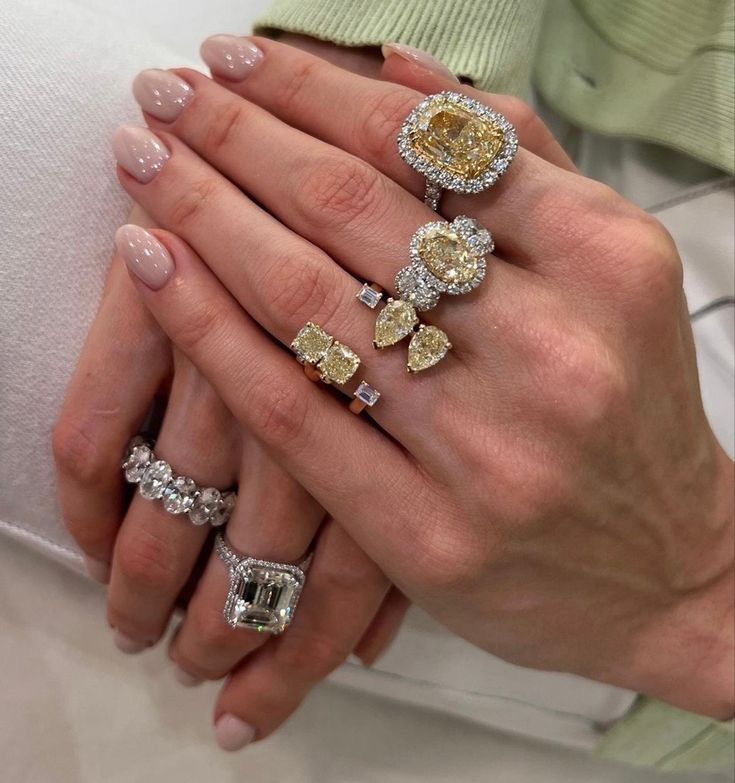
Rings hold significant symbolism and importance in various cultures around the world, carrying meanings and connotations that vary according to cultural, religious, and social contexts.
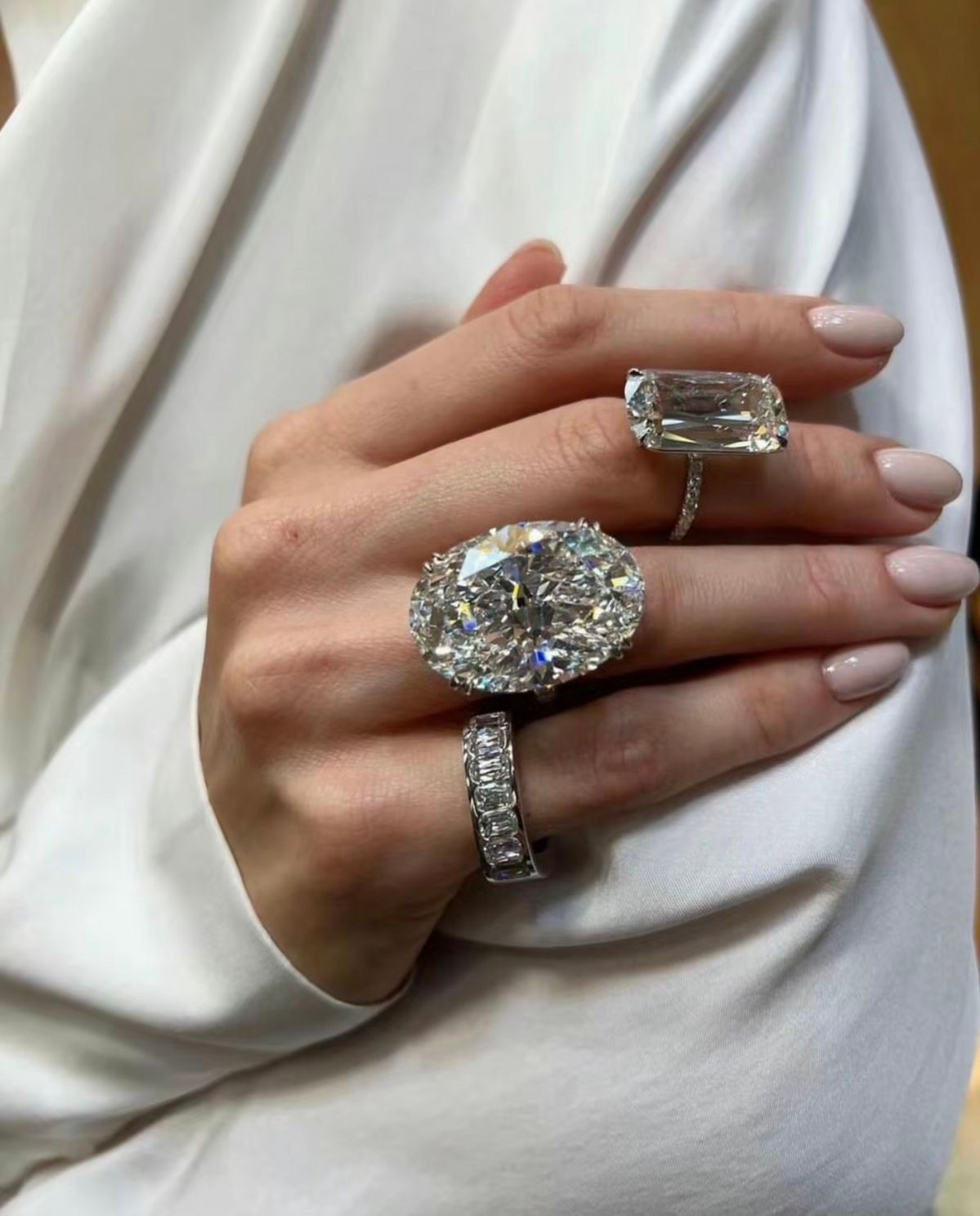
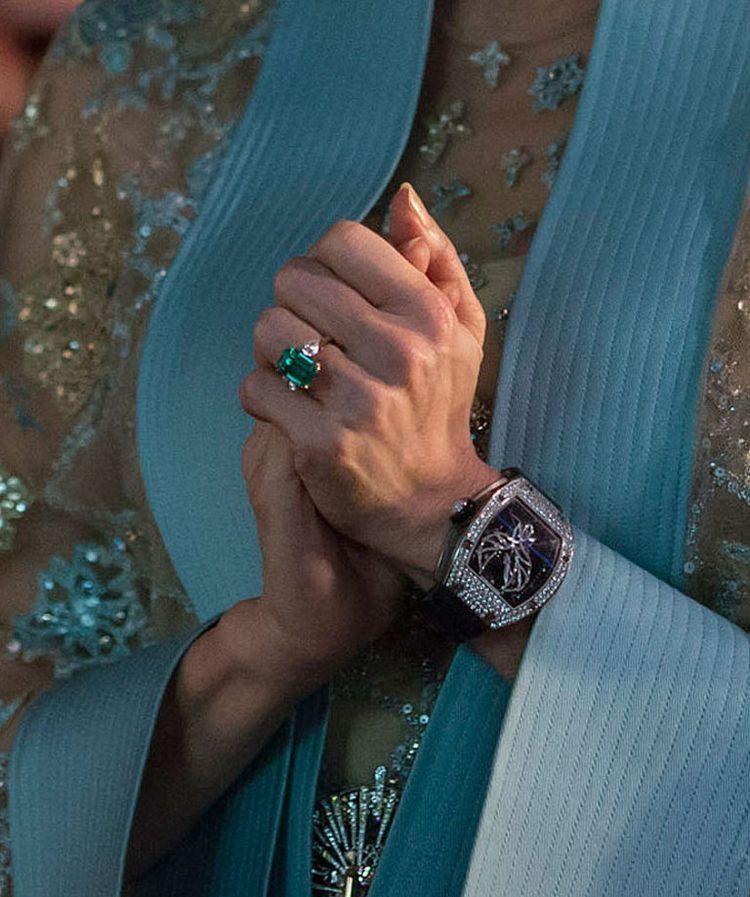
In Europe, the tradition of wedding rings dates back to Roman times, linked to the belief that a vein connected the ring finger to the heart. In the Middle Ages, rings with crests or royal seals symbolized power and authenticated documents. Christian clergy wear rings with religious symbols reflecting their spiritual roles.
In India, rings serve as both adornments and spiritual tools, believed to bring luck or balance energies. Intricate wedding rings symbolize love and commitment.
In Chinese culture, gold rings are part of dowries, symbolizing love and wealth. Ancient Chinese philosophy associates specific stones in rings with attracting positive energy or balancing the body.
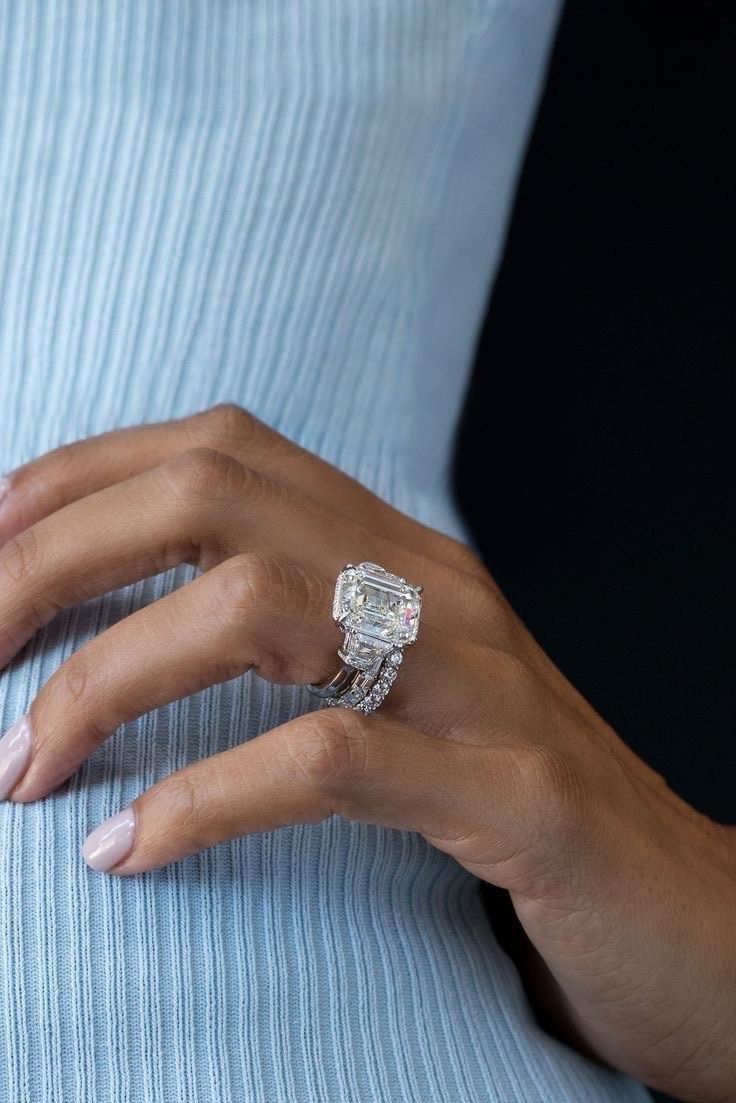
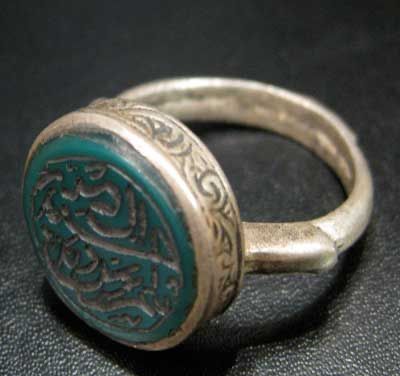
In Islamic tradition, rings served as personal seals, often inscribed with an individual’s name or religious phrases, symbolizing authority and authenticity. These rings were used to stamp letters and official documents, confirming their origin and legitimacy. A prominent example is the silver ring of the Prophet Muhammad ﷺ, engraved with “Muhammad, Messenger of Allah,” which he used to seal correspondence.
Modern Significance
Today, wedding rings universally symbolize love, commitment, and the unbroken bond between partners. While materials and designs have evolved, the core meaning remains consistent: a testament to enduring partnership and devotion.
The enduring tradition of wedding rings highlights their deep-rooted significance in human culture, transcending time and geography.

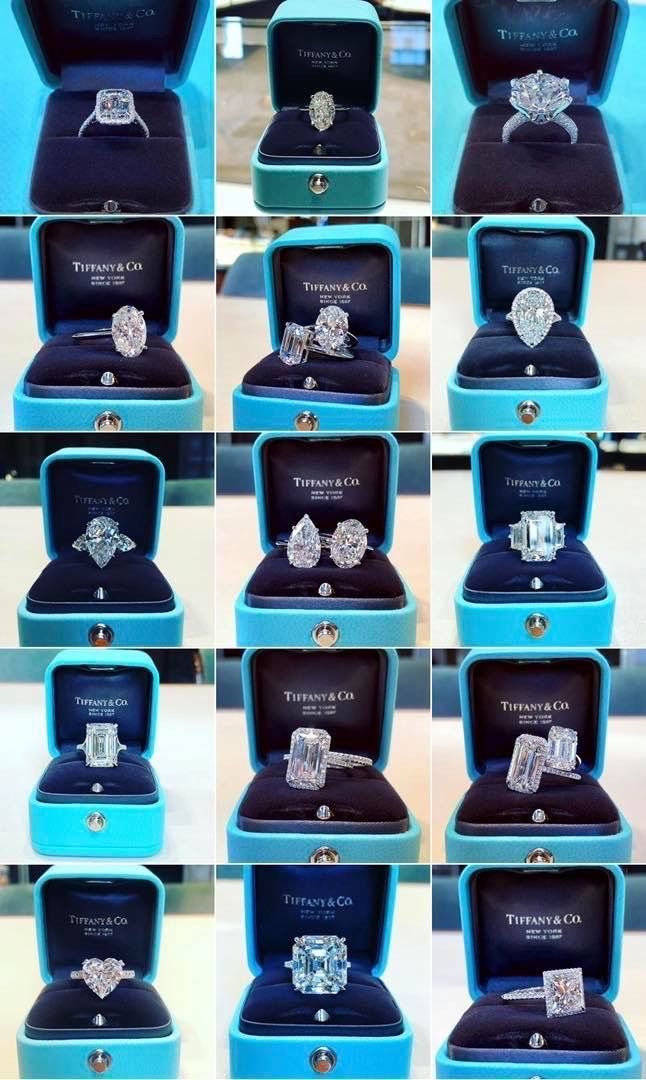
In Algerian traditions, the ring holds significant importance in engagement and marriage ceremonies. Known as the “engagement ring,” it is worn on the right hand to signify an official commitment. After marriage, it is transferred to the left hand. Typically, women’s wedding rings are made of gold, while men often choose silver or rings made from other metals, adhering to local customs. In many Algerian regions, the ring is presented as part of the “shabka,” a collection of gifts the groom offers to his bride.
Trendy rings
Spinelli kilcollin , renowned for its innovative designs that often feature interconnected rings, allowing for versatile wear as stacked or linked pieces. Their collections are handcrafted using traditional wire drawing and diamond-setting techniques, drawing inspiration from modern architecture.
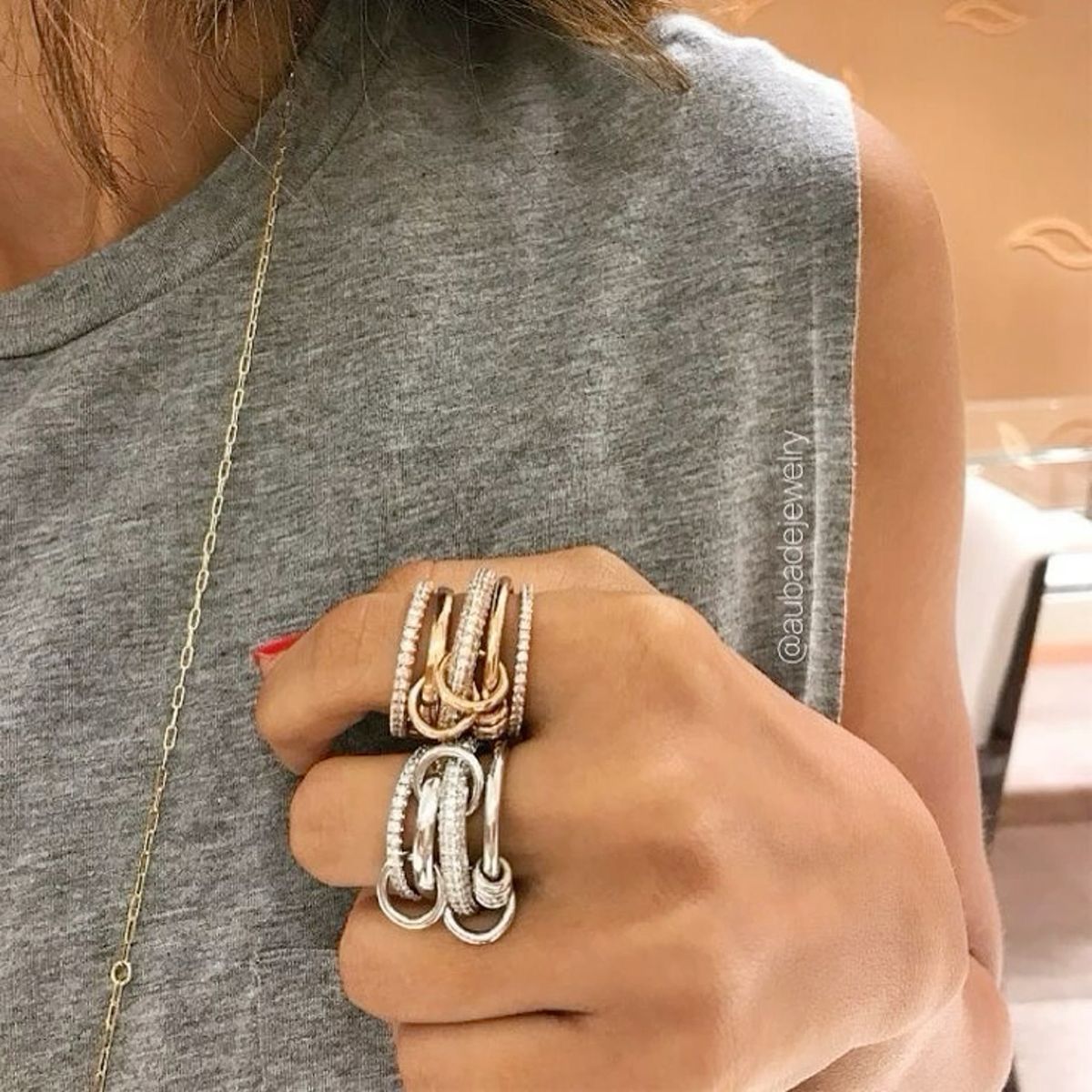
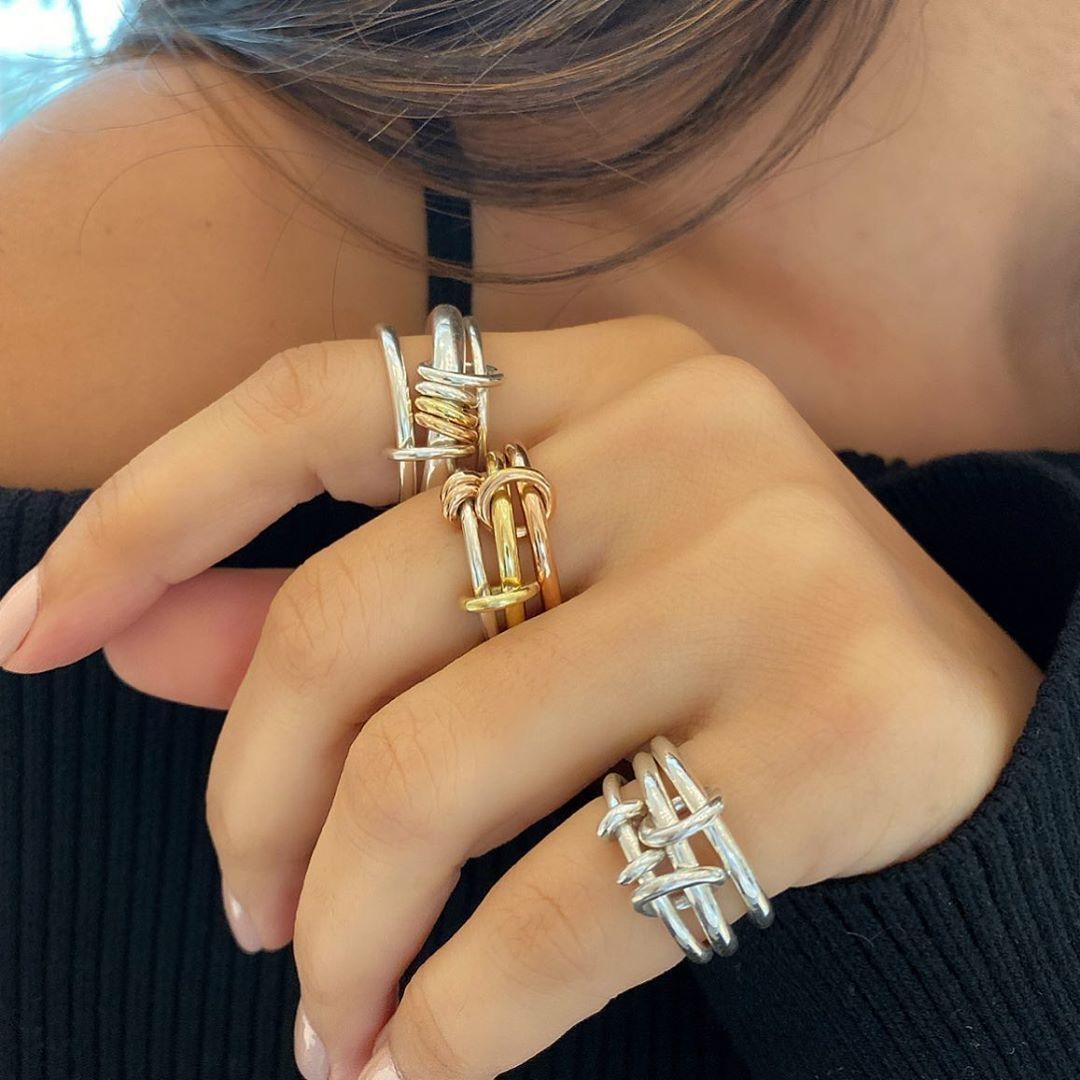
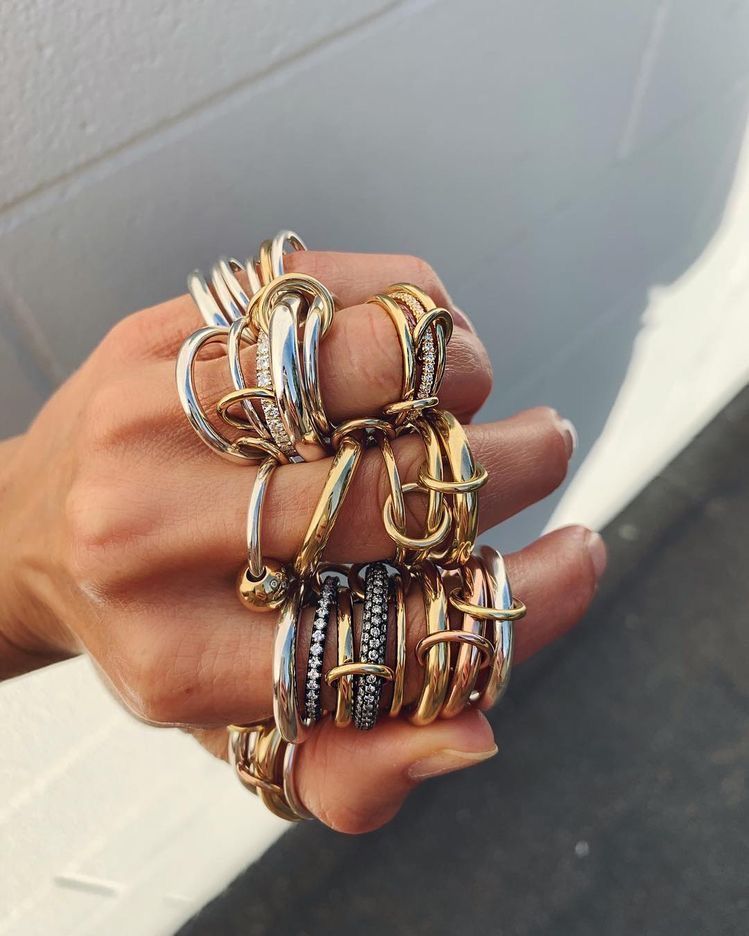

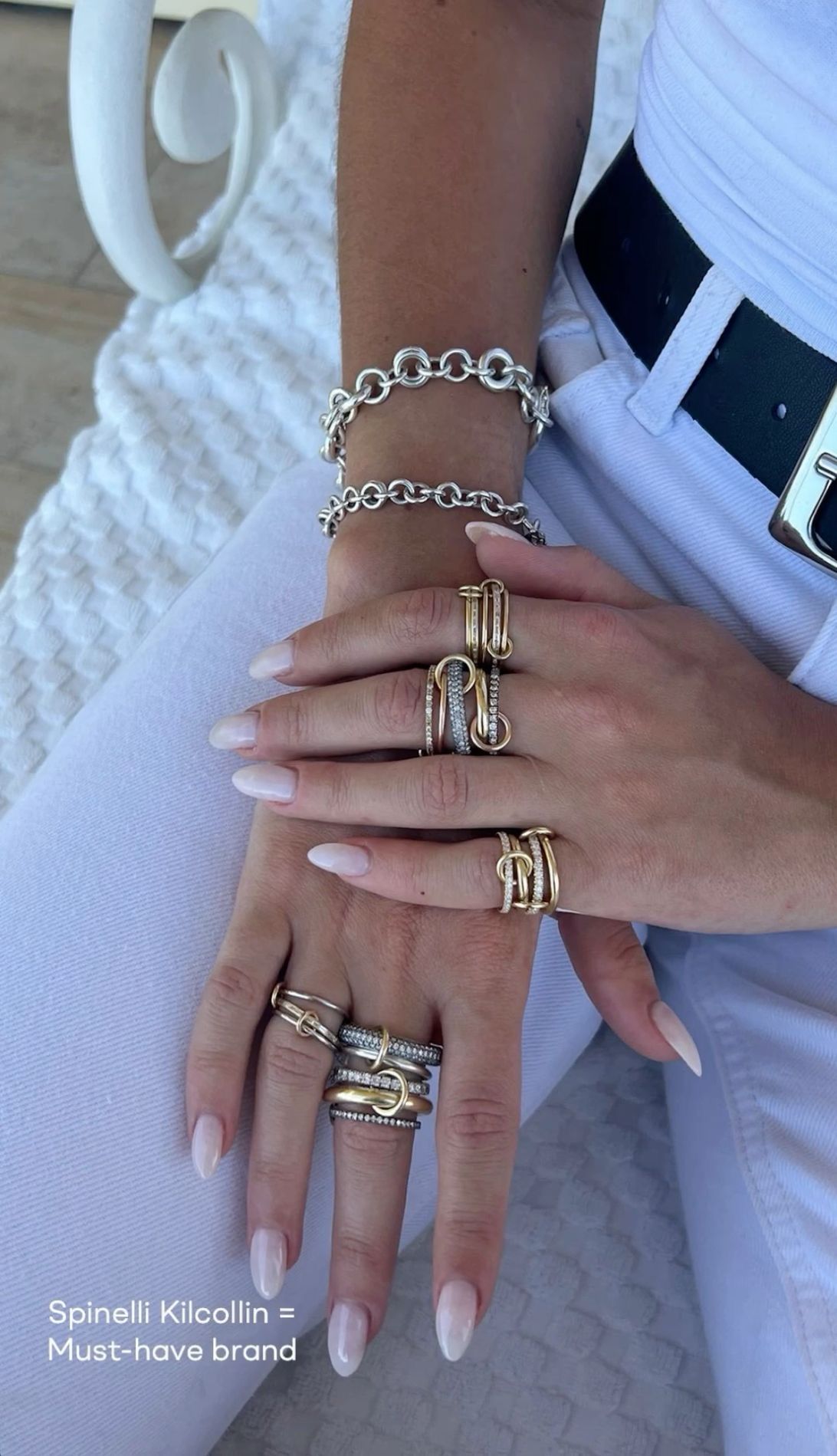
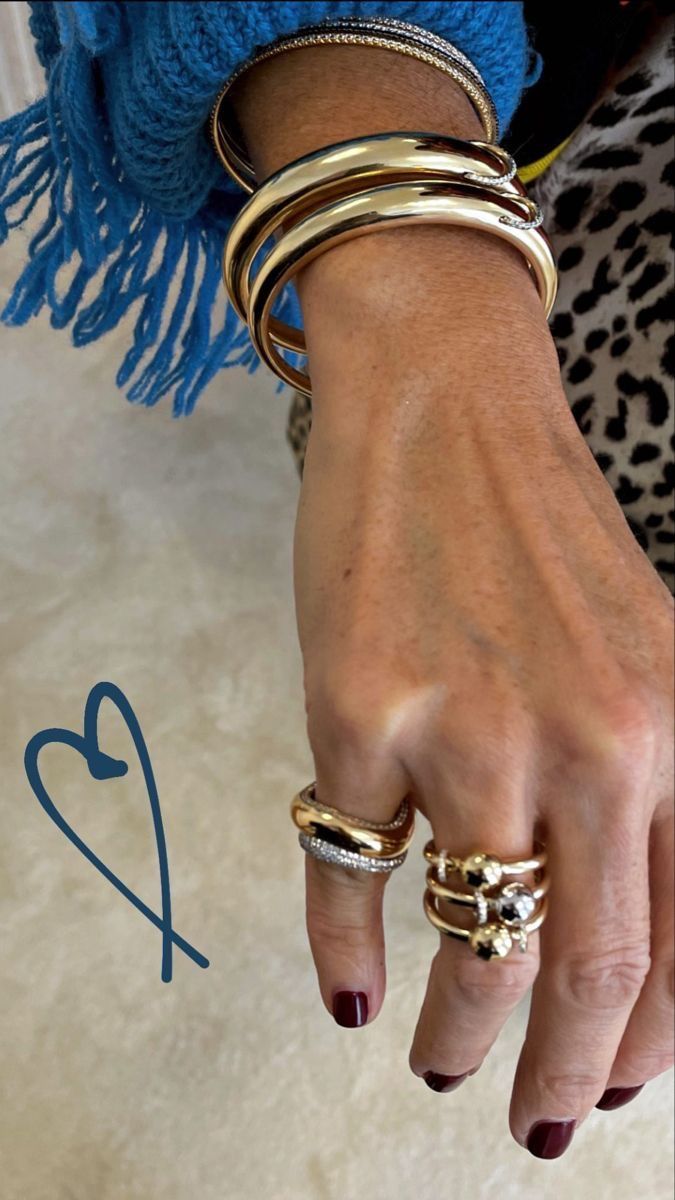
If you are Rings' fan and you inted to invest on some jewellery you should know about the last trend of this season
Rings in different cultures carry deep meanings that go beyond mere adornment. They reflect traditions, ideas of love, power, spirituality, and identity, making them timeless symbols across the world.
